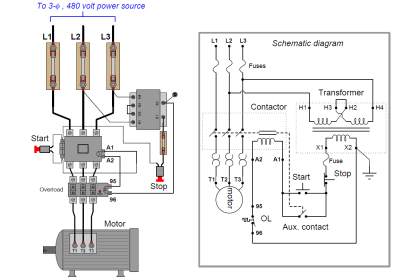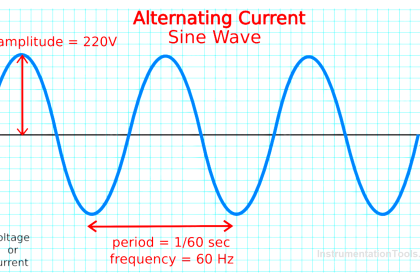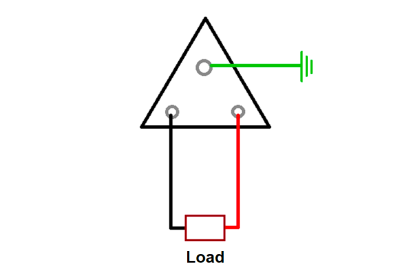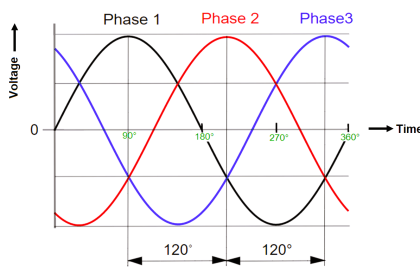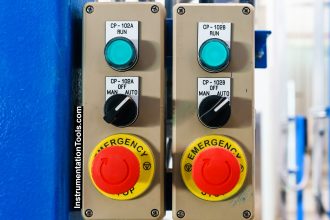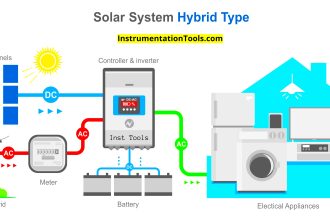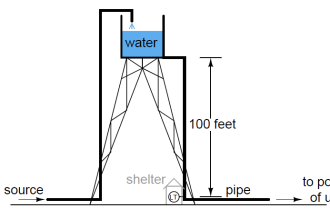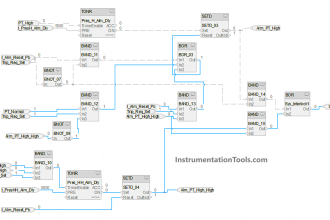We know how circuit breakers play a very important role in electrical circuits. It is virtually impossible to design any electrical drawing without a circuit breaker. They are a switching device used to pass current and trips in case of a fault. This protects the electrical devices from any further damage. But, these circuit breakers usually don’t protect people from an electric shock. In this post, we will see why circuit breakers do not protect people.
What is a circuit breaker?
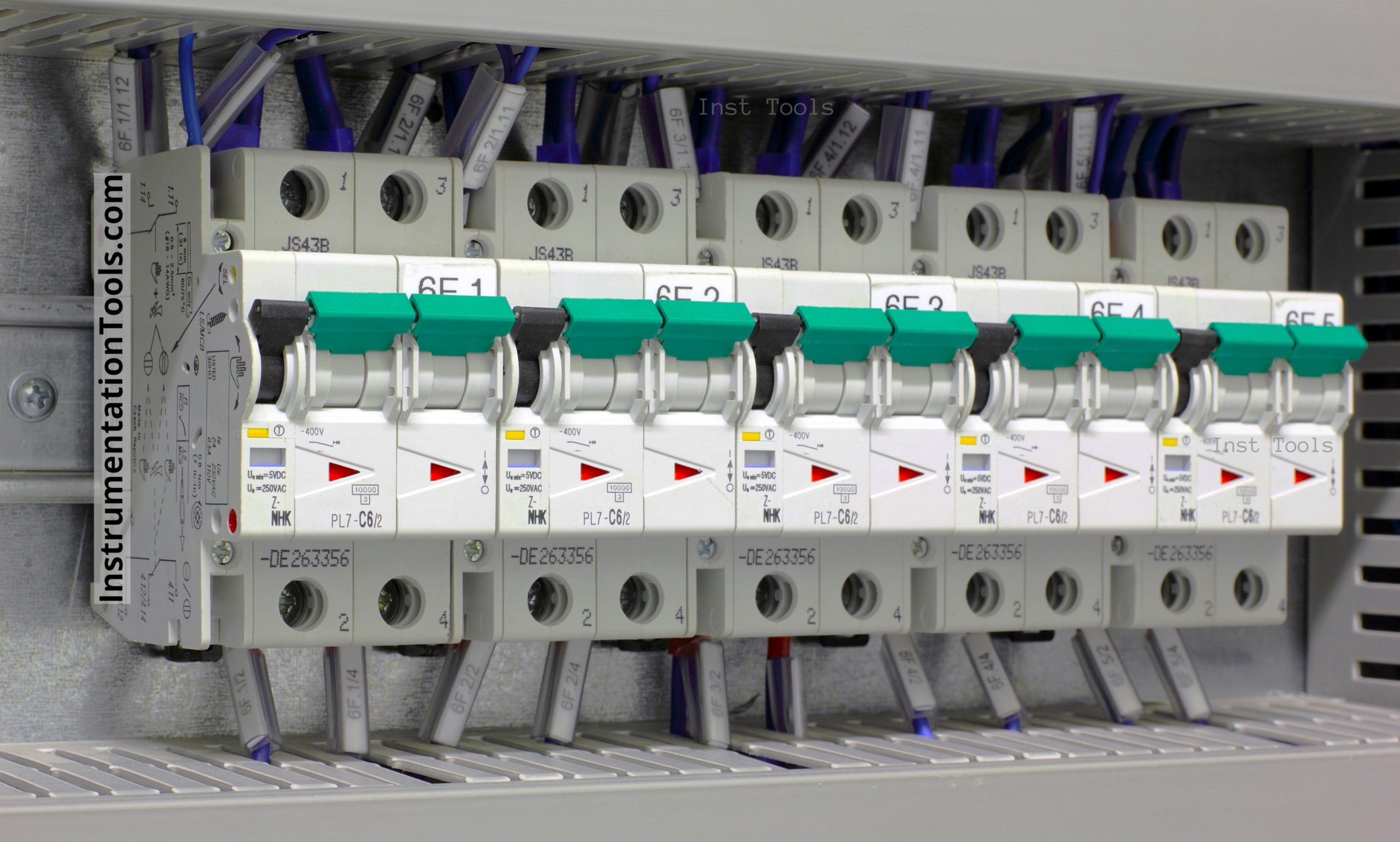
First of all, let us understand what a circuit breaker is. As the name suggests, a circuit breaker is a device which is used to break the electrical supply flowing in a path in case of a fault. It is a switch type device which is hand-operated. When open, the current will not flow through the breaker. When closed, the current will flow through the breaker.
Now, when it is closed and if any fault is sensed by the breaker during operation, it will open immediately and trip the circuit. It can be again asked to operate by either pressing the reset button in it or by manually closing the switch again, depending on the type of breaker. Some of the usual faults that can occur in a circuit are earth leakage, short circuit, over-current, damaged circuit breaker, faulty wiring, or overloading.
Practically, a circuit breaker is chosen as 25% more than the overall flowing current in the circuit. For example, if it is chosen in a path which will carry 50A, the required rating of the breaker should be 50*1.25 as 62.5A. So, any current value above 62.5 will trip the breaker.
Circuit breakers and Electric shock
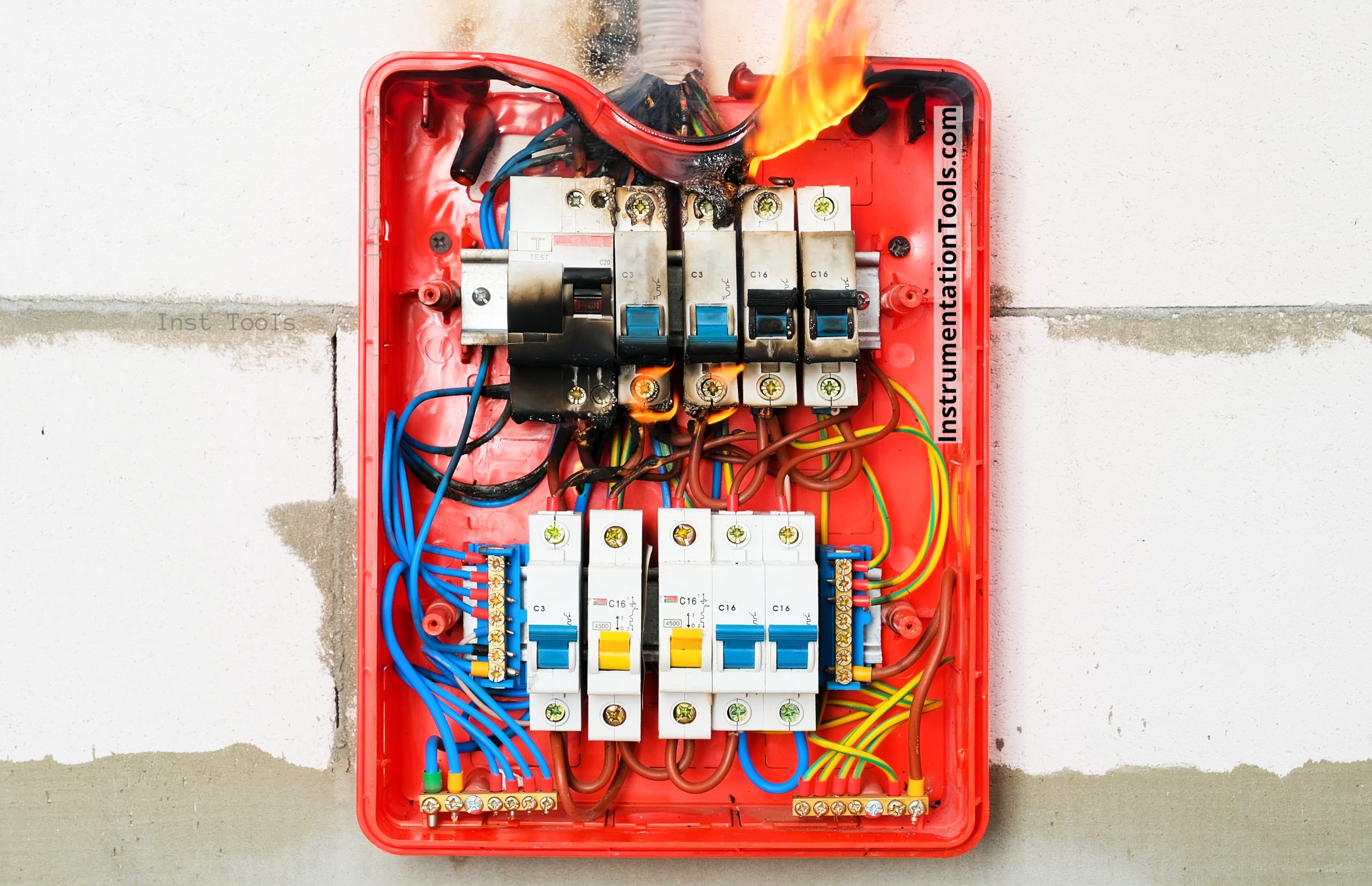
Now, let us understand why circuit breakers usually do not protect people from electric shock. A circuit breaker is designed to carry current like a normal switch. In normal conditions, the voltage or current will also be normal under-rated values. But still, the current is flowing.
Now, if a person accidentally touches the wire or any live component, a live conducting path will flow through his body to the ground, making a connection. This will burn and heat up the internal body parts of the person and may even cause death. The circuit breaker has no role in this, because it knows that the current value is under rated values and not under tripping conditions. So, it will remain closed.
In this case, there are also chances that a short-circuit or overloading can happen due to a person getting in contact and consuming electricity. This will take at least 2 seconds for the breaker to trip (the actual time depends on the type of circuit breaker and varies from case to case) . But, these 2 seconds are enough for the person to get himself damaged.
But here, let us consider an important part where this concept can be challenged by some special circuit breakers like ground fault circuit interrupter (GFCI) and arc fault circuit interrupter (AFCI). Even if there is a slight leakage between live and ground (which can also happen due to a person getting in contact), these breakers will trip immediately. Basically, both these devices measure current balance between incoming and outgoing, and any imbalance makes the breaker trip immediately. It will surely take small microseconds to detect the fault; but it is better than 2 seconds from further damaging the human body parts.
Circuit breakers can protect your electrical panels from fire hazards, overcurrent, overloading, faulty wiring, or broken electrical devices. It will cut off the power and make your circuit isolated from fault. But, it will not protect people from getting an electric shock, unless some special circuit breakers mentioned above are used. So, this concept entirely depends on how you choose the circuit breaker and what are its trip characteristics.
Read Next:
- Automatic Circuit Recloser
- De-energized Electrical Circuits
- How to Locate Faults in Cables?
- Variable Air Volume Controller
- Why is HV Testing important?
